With the continuous development of PHP applications, the application of delay queue is becoming more and more common. In PHP applications, a reliable delay queue solution is very necessary. This article will introduce the delay queue of Redis in PHP applications, focusing on the data structure, usage scenarios and some best practices of Redis.
1. Redis data structure
Before understanding the delay queue of Redis, you need to understand some of the data structures of Redis.
1. List (List)
List can be understood as an ordered sequence, in which each element can be a string. In Redis, List can be used as a queue.
2. Set (set)
Set can be understood as a set of unordered, non-repeating elements, where each element can be a string.
3. Sorted Set (ordered set)
Sorted Set is an upgraded version of Set and can be understood as an ordered Set. In a Sorted Set, each element has a score, which represents the sorting weight of the element in the set. Therefore, you can sort based on the score of the elements, and perform aggregation operations on multiple elements based on the score range.
2. Implementation of Redis delay queue
Redis delay queue is usually implemented based on Sorted Set. The specific implementation steps are as follows:
1. First, store the message in the List, that is, push the message that needs to be delayed into the queue.
2. According to the trigger time of the message (that is, how long it needs to be delayed), calculate the time point when the message should be processed, store the message in the Sorted Set, and use the message ID as the score in the Sorted Set. .
3. Start a timer and scan the Sorted Set at regular intervals to check whether there are "expired" messages, that is, the score of the message ID is less than the current time point.
4. If there is an "expired" message, delete it from the Sorted Set and List, and perform corresponding processing, such as pushing the message to other message queues, triggering business logic, etc.
3. Application scenarios of Redis delay queue
Redis delay queue can be used in the following scenarios:
1. Flash sale business
In the flash sale business , it is often necessary to process orders submitted by users in real time. In high concurrency scenarios, message queues are usually essential. Redis's delay queue can cope with this scenario very well. It puts user orders into the queue, calculates the processing time of the order, and pushes it to the order message queue at the specified time point, waiting for the next processing process.
2. Task Scheduling
In many scenarios, some tasks need to be performed regularly, such as scanning data, sending emails, etc. Put these tasks into the Redis delay queue, and wait for the corresponding opportunity to push them to the task queue based on the calculation of task execution time to improve task execution efficiency and stability.
3. Cache update
In application cache, it is often necessary to update the cache regularly. Add the cache update task to the Redis delay queue, calculate the next update time based on the update cycle, and perform cache updates at the corresponding time to ensure the real-time nature of cached data.
4. Best Practices for Redis Delay Queue
When using Redis Delay Queue, you should pay attention to the following points:
1. Selection of data structure
When selecting a data structure, the choice should be based on the specific scenario. For example, if you need orderly and fast search, it is more appropriate to use Sorted Set; if you only need a simple first-in-first-out queue, use List.
2. Reliability of message processing
During the message processing process, you may encounter problems such as message duplication and message disappearance, so you should consider how to ensure the integrity and reliability of the message. Strategies such as ACK mechanism, simple retry mechanism, and message deduplication can be used to ensure message reliability.
3. Timer accuracy
Since the timer granularity of Redis is millisecond level, you should pay attention to issues such as rounding error and time zone processing when calculating time to avoid calculating the time. The point does not match the actual time.
4. Reasonable selection of scanning strategy
When scanning the delay queue, you need to pay attention to the impact of scanning frequency on Redis load, and choose a reasonable scanning strategy based on the actual situation.
5. Conclusion
This article introduces the implementation method, application scenarios and best practices of Redis delay queue in PHP applications. In actual applications, appropriate data structures, message processing methods, and scanning strategies should be selected according to specific business scenarios to ensure the performance and reliability of the delay queue. At the same time, attention should also be paid to the performance bottlenecks and scalability issues of Redis to avoid excessive pressure on Redis caused by a large number of delayed messages for a long time.
The above is the detailed content of Redis delay queue in PHP applications. For more information, please follow other related articles on the PHP Chinese website!
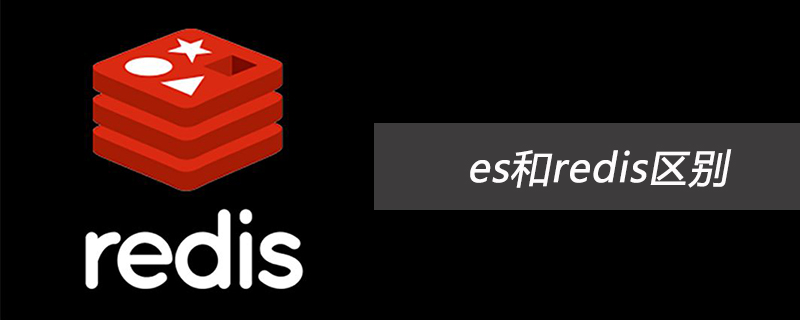 es和redis区别Jul 06, 2019 pm 01:45 PM
es和redis区别Jul 06, 2019 pm 01:45 PMRedis是现在最热门的key-value数据库,Redis的最大特点是key-value存储所带来的简单和高性能;相较于MongoDB和Redis,晚一年发布的ES可能知名度要低一些,ES的特点是搜索,ES是围绕搜索设计的。
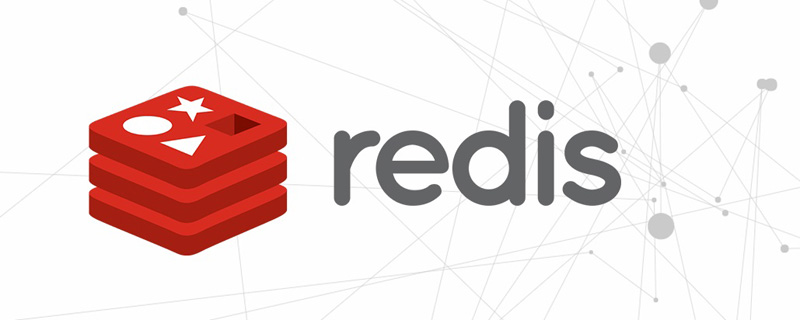 一起来聊聊Redis有什么优势和特点May 16, 2022 pm 06:04 PM
一起来聊聊Redis有什么优势和特点May 16, 2022 pm 06:04 PM本篇文章给大家带来了关于redis的相关知识,其中主要介绍了关于redis的一些优势和特点,Redis 是一个开源的使用ANSI C语言编写、遵守 BSD 协议、支持网络、可基于内存、分布式存储数据库,下面一起来看一下,希望对大家有帮助。
 实例详解Redis Cluster集群收缩主从节点Apr 21, 2022 pm 06:23 PM
实例详解Redis Cluster集群收缩主从节点Apr 21, 2022 pm 06:23 PM本篇文章给大家带来了关于redis的相关知识,其中主要介绍了Redis Cluster集群收缩主从节点的相关问题,包括了Cluster集群收缩概念、将6390主节点从集群中收缩、验证数据迁移过程是否导致数据异常等,希望对大家有帮助。
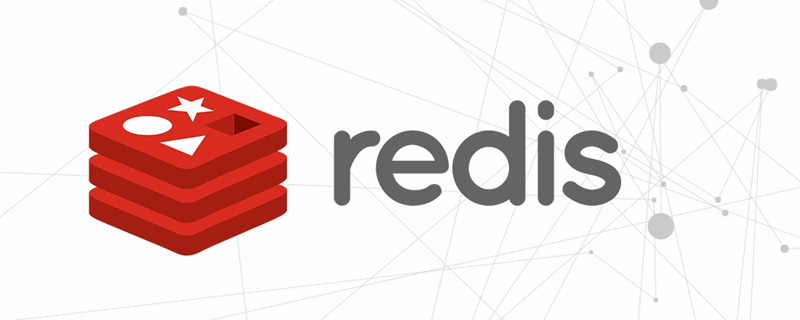 Redis实现排行榜及相同积分按时间排序功能的实现Aug 22, 2022 pm 05:51 PM
Redis实现排行榜及相同积分按时间排序功能的实现Aug 22, 2022 pm 05:51 PM本篇文章给大家带来了关于redis的相关知识,其中主要介绍了Redis实现排行榜及相同积分按时间排序,本文通过实例代码给大家介绍的非常详细,对大家的学习或工作具有一定的参考借鉴价值,希望对大家有帮助。
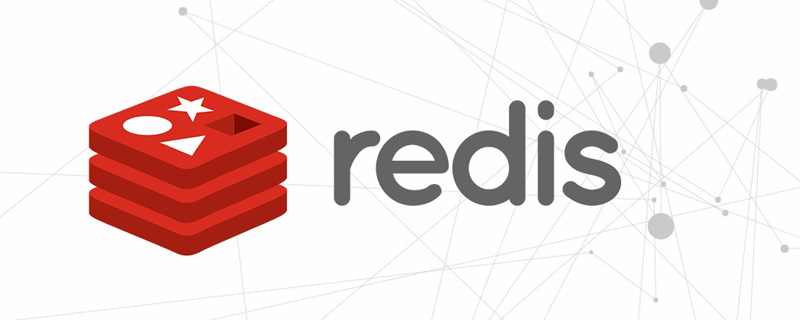 详细解析Redis中命令的原子性Jun 01, 2022 am 11:58 AM
详细解析Redis中命令的原子性Jun 01, 2022 am 11:58 AM本篇文章给大家带来了关于redis的相关知识,其中主要介绍了关于原子操作中命令原子性的相关问题,包括了处理并发的方案、编程模型、多IO线程以及单命令的相关内容,下面一起看一下,希望对大家有帮助。
 一文搞懂redis的bitmapApr 27, 2022 pm 07:48 PM
一文搞懂redis的bitmapApr 27, 2022 pm 07:48 PM本篇文章给大家带来了关于redis的相关知识,其中主要介绍了bitmap问题,Redis 为我们提供了位图这一数据结构,位图数据结构其实并不是一个全新的玩意,我们可以简单的认为就是个数组,只是里面的内容只能为0或1而已,希望对大家有帮助。
 实例详解Redis实现排行榜及相同积分按时间排序功能的实现Aug 26, 2022 pm 02:09 PM
实例详解Redis实现排行榜及相同积分按时间排序功能的实现Aug 26, 2022 pm 02:09 PM本篇文章给大家带来了关于redis的相关知识,其中主要介绍了Redis实现排行榜及相同积分按时间排序,本文通过实例代码给大家介绍的非常详细,下面一起来看一下,希望对大家有帮助。
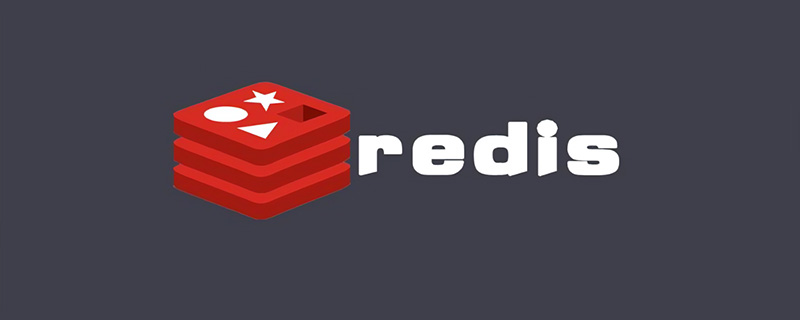 一起聊聊Redis实现秒杀的问题May 27, 2022 am 11:40 AM
一起聊聊Redis实现秒杀的问题May 27, 2022 am 11:40 AM本篇文章给大家带来了关于redis的相关知识,其中主要介绍了关于实现秒杀的相关内容,包括了秒杀逻辑、存在的链接超时、超卖和库存遗留的问题,下面一起来看一下,希望对大家有帮助。


Hot AI Tools

Undresser.AI Undress
AI-powered app for creating realistic nude photos

AI Clothes Remover
Online AI tool for removing clothes from photos.

Undress AI Tool
Undress images for free

Clothoff.io
AI clothes remover

AI Hentai Generator
Generate AI Hentai for free.

Hot Article

Hot Tools

MinGW - Minimalist GNU for Windows
This project is in the process of being migrated to osdn.net/projects/mingw, you can continue to follow us there. MinGW: A native Windows port of the GNU Compiler Collection (GCC), freely distributable import libraries and header files for building native Windows applications; includes extensions to the MSVC runtime to support C99 functionality. All MinGW software can run on 64-bit Windows platforms.

DVWA
Damn Vulnerable Web App (DVWA) is a PHP/MySQL web application that is very vulnerable. Its main goals are to be an aid for security professionals to test their skills and tools in a legal environment, to help web developers better understand the process of securing web applications, and to help teachers/students teach/learn in a classroom environment Web application security. The goal of DVWA is to practice some of the most common web vulnerabilities through a simple and straightforward interface, with varying degrees of difficulty. Please note that this software

Atom editor mac version download
The most popular open source editor

VSCode Windows 64-bit Download
A free and powerful IDE editor launched by Microsoft

Dreamweaver CS6
Visual web development tools






